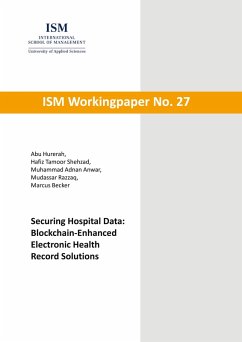
Broschiertes Buch
An Unbalanced Multi-phase Optimal Power Flow based Approach for MV/LV Distribution Networks
22. September 2014
LAP Lambert Academic Publishing
Statt 9,99 €**
6,49 €
**Preis der gedruckten Ausgabe (Broschiertes Buch)
inkl. MwSt. und vom Verlag festgesetzt.
Sofort per Download lieferbar
eBook, ePUB
3. Februar 2025
BoD - Books on Demand
Ähnliche Artikel
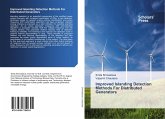
Broschiertes Buch
4. September 2017
Scholar's Press
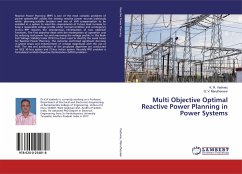
Broschiertes Buch
22. August 2019
LAP Lambert Academic Publishing
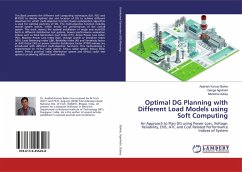
Broschiertes Buch
An Approach to Plan DG using Power Loss, Voltage, Reliability, ENS, ATC and Cost Related Performance Indices of System
6. März 2019
LAP Lambert Academic Publishing
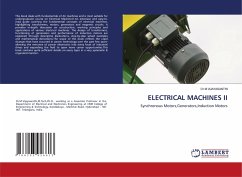
27,99 €
Versandfertig in 6-10 Tagen
Broschiertes Buch
Synchronous Motors,Generators,Induction Motors
30. Juli 2021
LAP Lambert Academic Publishing
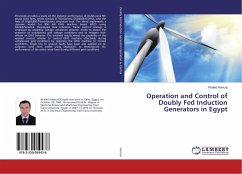
Broschiertes Buch
17. März 2017
LAP Lambert Academic Publishing
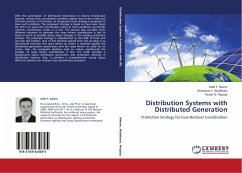
Broschiertes Buch
Protection Strategy for Fuse-Recloser Coordination
8. August 2013
LAP Lambert Academic Publishing
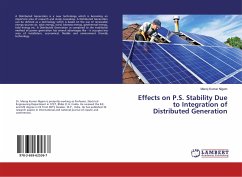
25,99 €
Versandfertig in 6-10 Tagen
Broschiertes Buch
15. September 2017
LAP Lambert Academic Publishing

25,99 €
Versandfertig in 6-10 Tagen
Broschiertes Buch
Optimal Placement of DG on Radial Distribution System for Loss Minimisation & Improvement of Voltage Profile
4. Januar 2014
LAP Lambert Academic Publishing
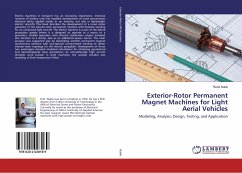
Broschiertes Buch
Modeling, Analysis, Design, Testing, and Application
5. September 2017
LAP Lambert Academic Publishing
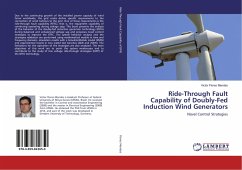
Broschiertes Buch
Novel Control Strategies
8. Januar 2016
LAP Lambert Academic Publishing
Ähnlichkeitssuche: Fact®Finder von OMIKRON

